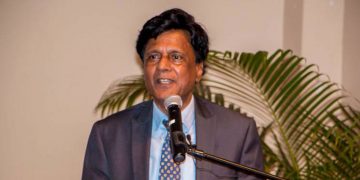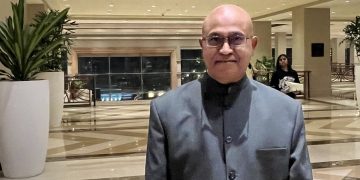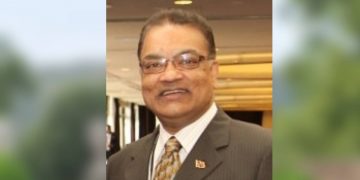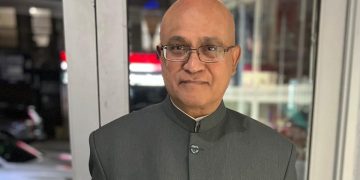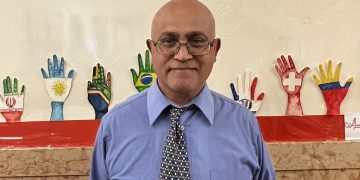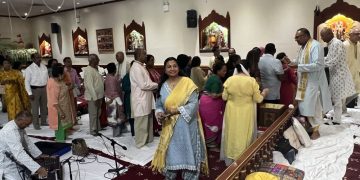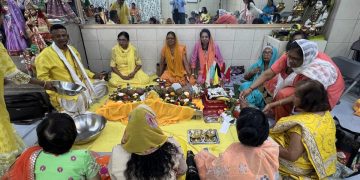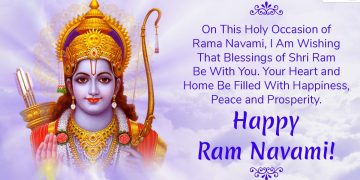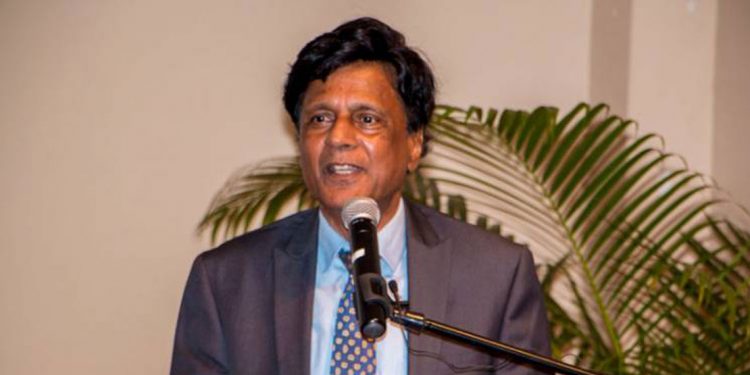Invariably, when the internecine warfare that characterises our politics in the modern era is bemoaned, it is pointed out that our ethnically divided electorate is replicated in neighbouring T&T, yet their politics has been much more even-keeled than ours. Since we are once again locked in fratricidal combat over the elections, it might be useful to consider some of the factors that might’ve led to T&T’s comparative political equanimity.
Since democratic politics can be a “numbers game”, the size of the ethnic blocks and leadership strategies matter. When independence loomed after WWII, Afro-Trinidadians outnumbered Indo-Trinidadians. So when the Afro-Trinidadian leader Eric Williams returned – fresh from the 1945 Manchester Pan African Congress (PAC) that mapped strategies and ideologies for African and Caribbean leaders – he was mobilising the aspirations and expectations of the largest (African-Trinidadian) bloc. The Indo Trinidadians, who fell outside that line, after the PNM’s 1956 victory, did not have the power resources to encourage their leaders to resist, and were dismissed as considered a “recalcitrant minority. Opposition leader Badase Maraj and his DLP Indian-based party and his successors could only chafe against Williams Creole-dominated PNC that ruled T&T from 1956 to 1986 and played “regular” politics.
In Guyana, when Forbes Burnham returned from London a bit later in 1949, he had not attended the Manchester PAC but had been a member of the League of Coloured People (LCP) – which was given responsibility for disseminating the PAC’s papers. He was fully au fait with the vision of Afro-Caribbean leaders assuming inheritance of the British mantle in the Caribbean. Cheddi Jagan, having returned in 1943 launching mass-based politics, however, the former mobilised Indo-Guyanese who even then formed a plurality in Guyana. They won the 1953 elections as the PPP but the Coloured sections and the Indian elite were left outside their mass-based, multi-ethnic base.
After the 1955 split, Burnham mobilised the minority African Guyanese section, and merged with the Coloured party. British-inspired intrigues to remove the radical PPP from office introduced the genie of ethnic violence into Guyana between the two major sections, which never occurred in T&T. The British-imposed change from FPTP to PR facilitated Burnham’s PNC coalition with the UF – mobilising the Portuguese, wealthy Indians and Indigenous Peoples, in 1964 to attain office.
Burnham thereafter rigged elections that he justified to his minority African-Guyanese base by claiming that Indian Guyanese could always outvote them since they were an absolute majority by 1980. This situation, we pointed out, created an “African Security Dilemma” through the premises of majoritarian politics. After free and fair elections returned in 1992, the Indian-Guyanese dominated PPP won elections then and in 1997, 2001 and 2006 –but the first three were punctuated by PNC-inspired violence. This was the “Indian Security Dilemma, “acting out, based on African Guyanese presumption of greater legitimacy to rule, plus overwhelming dominance of all the state institutions, especially the armed forces and the option of disrupting governmental operations in Georgetown with their urban supporters.
So while the Indian minority accepted their minority status in T&T and could not threaten the Williams-African-dominated state, in Guyana the situation was different for the African Guyanese minority. Even as the Indian-Trinidadian population increased to a point where they equaled the African population by 1990, they were both minorities (around 40%) that could not win on their own. They had to moderate their platforms to appeal to both the growing Mixed population and disaffected ethnic voters. The Indian-dominated UNC took office in 1995 and T&T have settled into alternating governments based on their performance.
Over in Guyana, the Indian-Guyanese population had inexorably shrunk through higher rates of emigration to a point where by the 2012 elections they were just 39% compared with 29% African Guyanese; 10% Indigenous and 19% Mixed. Guyana had arrived at the happy position of what Trinidad was by 1990 – a nation of minorities where each part had to “reach across the divide”.
As such, if the PNC and PPP were to accept that – as the PNC did in 2015 – they could win elections by obtaining votes from Mixed, Indigenous and some Indian-Guyanese – either through crossover votes or coalitions, then it is quite possible that our politics could be transmuted to the Trinidadian politics of “in and out” rather than ours, which is seen by the party out of power as, “over and under”.
Let us get this recount over but start governing with an eye on our ethnic sensitivities.
